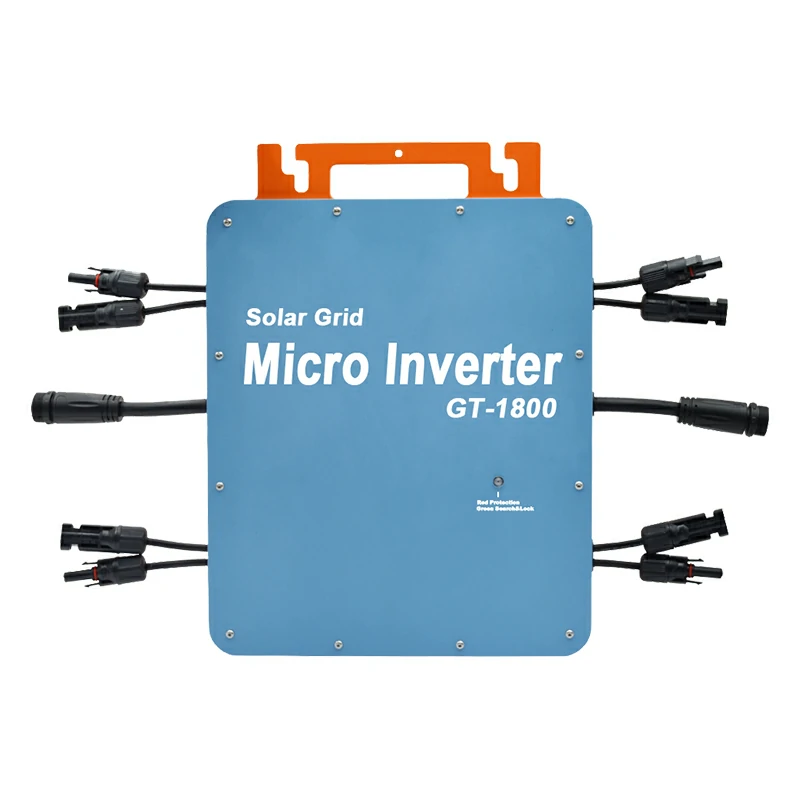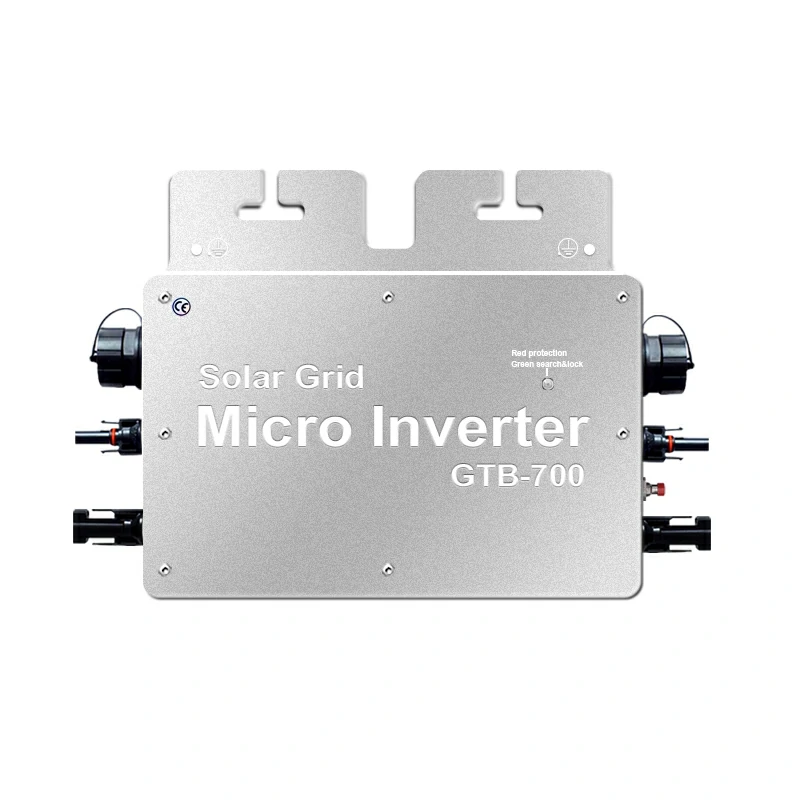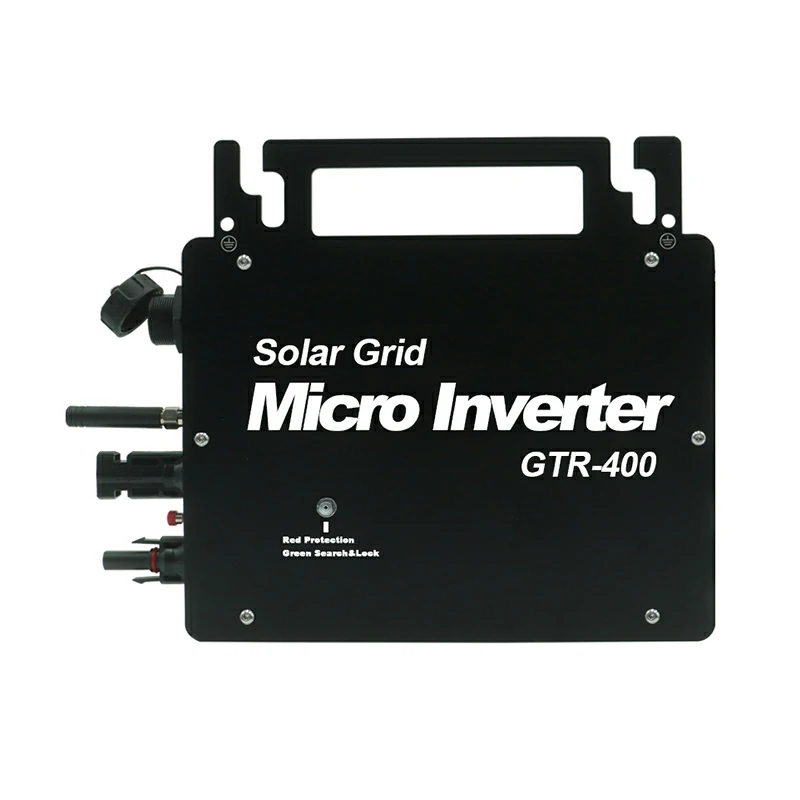Introduction
Grid-connected inverters are pivotal in integrating renewable energy sources like solar power into the electrical grid. Dynamic voltage support is a crucial aspect of their functionality, which significantly enhances grid stability. In this article, we’ll delve into the mechanisms of dynamic voltage support and its importance in ensuring a reliable and resilient grid.

Understanding Dynamic Voltage Support
Dynamic voltage support refers to the capability of grid-connected inverters to regulate voltage levels in response to fluctuations in grid conditions. Unlike traditional voltage support methods, which often rely on fixed settings, dynamic voltage support allows inverters to adjust their output in real time, ensuring optimal performance and grid stability.
The Importance of Grid Stability
Grid stability is essential for the reliable operation of electrical systems. Fluctuations or disturbances in grid voltage can lead to disruptions in power supply, affecting both residential and commercial consumers. Maintaining grid stability becomes even more critical with the increasing penetration of renewable energy sources like solar power.
Renewable energy sources such as solar power are inherently intermittent, meaning their output varies based on weather conditions and time of day. This variability can introduce challenges for grid operators in maintaining a stable voltage and frequency. Grid-connected inverters with dynamic voltage support capabilities address these challenges by actively adjusting their output to match grid requirements, thereby contributing to overall grid stability.
How Dynamic Voltage Support Enhances Grid Stability
Advanced control algorithms embedded within grid-connected inverters achieve dynamic voltage support. These algorithms continuously monitor grid conditions, including voltage and frequency, and adjust the inverter’s output accordingly. By dynamically regulating voltage levels, grid-connected inverters can help mitigate voltage fluctuations and maintain grid stability, even in intermittent renewable energy sources.
Grid-connected inverters equipped with dynamic voltage support offer several advantages over traditional inverters. They can quickly respond to changes in grid conditions, providing rapid voltage regulation when needed. Additionally, they can operate within a broader range of grid voltages, ensuring compatibility with various grid infrastructures.
Moreover, dynamic voltage support enhances the reliability and efficiency of renewable energy systems. By stabilizing grid voltage, these inverters help maximize the integration of solar power and other renewable sources, reducing the risk of grid instability and blackout events.
Factors to Consider When Choosing a Grid-Connected Inverter with Dynamic Voltage Support
Several factors should be considered when selecting a grid-connected inverter with dynamic voltage support. Firstly, compatibility with existing grid infrastructure is crucial. The inverter should meet the voltage and frequency requirements of the local grid and comply with relevant standards and regulations.
Additionally, the system’s scalability should be considered. As renewable energy systems expand or evolve, the inverter should be capable of accommodating future upgrades without requiring significant modifications to the system.
Furthermore, reliability and durability are essential considerations. The inverter should be built with high-quality components and have a proven track record of reliability in various operating conditions. Warranty and after-sales support from the manufacturer are also important factors to ensure peace of mind and long-term reliability.
Integration with other components of the solar power system, such as microinverters or solar inverter kits, should also be considered. Seamless integration between these components can optimize system performance and simplify installation and maintenance processes.
Lastly, it’s essential to consider the overall cost-effectiveness of the inverter solution. While upfront costs are significant, the long-term benefits of grid stability and energy savings should also be considered when evaluating different options.
Conclusion
In conclusion, dynamic voltage support is a critical feature of grid-connected inverters that enhances grid stability and enables the seamless integration of renewable energy sources like solar power. Inverters equipped with dynamic voltage support play a crucial role in maintaining grid stability and mitigating the impacts of intermittent renewable energy generation by actively regulating voltage levels in response to grid conditions.
When choosing a grid-connected inverter with dynamic voltage support, factors such as compatibility, scalability, reliability, integration, and cost-effectiveness should be carefully considered to ensure the optimal performance and longevity of the renewable energy system.
By choosing a grid-connected inverter with dynamic voltage support, users can contribute to a more sustainable energy future while enjoying the benefits of a stable and reliable electrical grid.
Stay informed and empowered as you embark on renewable energy adoption. Follow our platform for more insights and updates on grid-connected inverters and renewable energy technologies.
Thank you for reading.




